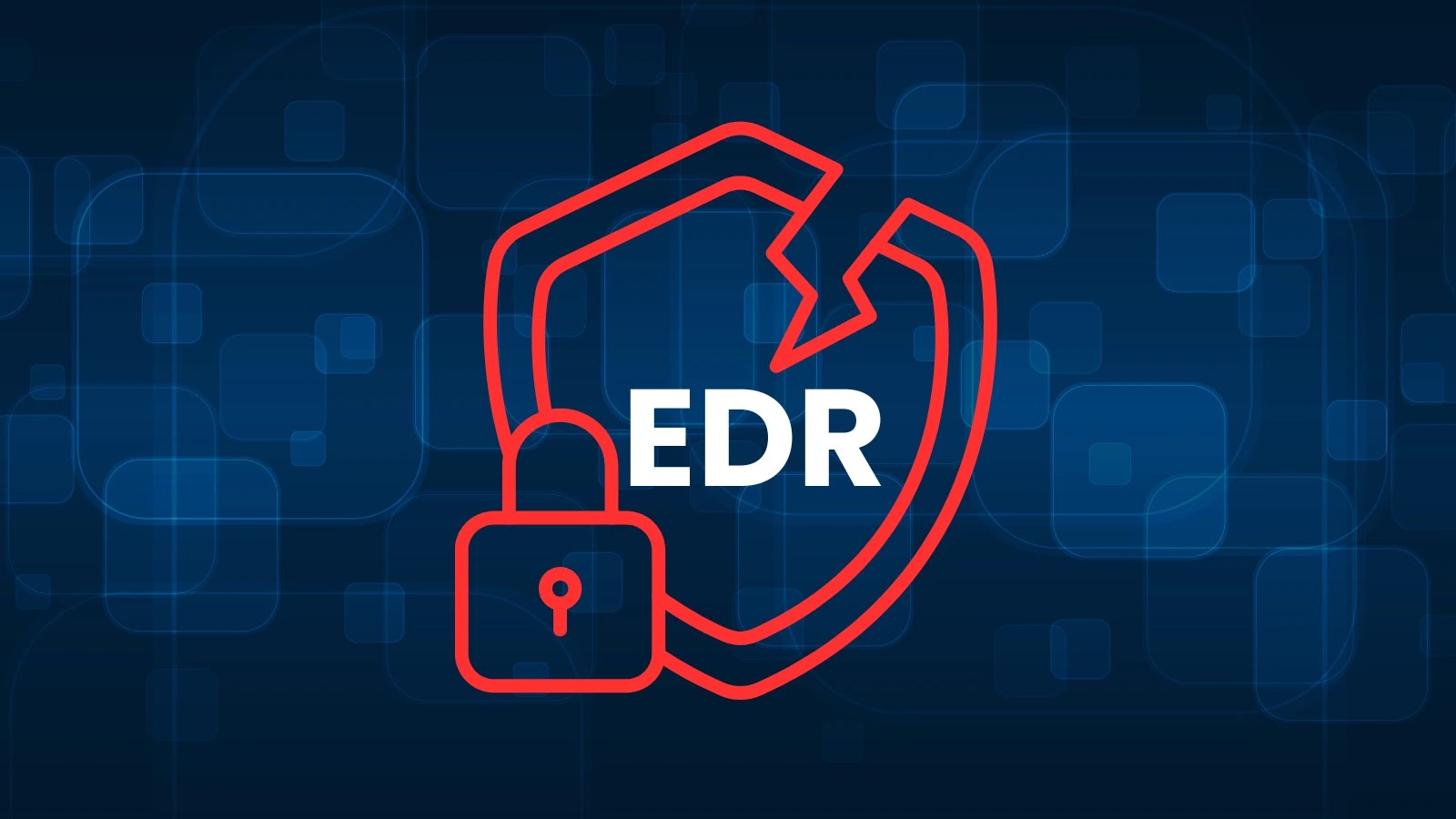
Hackers May Leverage Raw Disk Reads to Bypass EDR Solutions and Access Highly Sensitive Files
A disturbing new technique has emerged that allows malicious actors to circumvent even the most sophisticated Endpoint Detection and Response (EDR) solutions, gaining unfettered access to highly sensitive data on Windows systems. This method, detailed by Workday’s Offensive Security team, exploits a fundamental aspect of operating system interaction: direct raw disk reads.
The EDR Bypass Mechanism: Raw Disk Reads
Traditional EDR solutions primarily monitor processes, API calls, and file system interactions for anomalous behavior. They operate at a higher level of abstraction, relying on the operating system to present data in a structured, file-based manner. The critical vulnerability exploited here lies in reading data directly from the raw disk sectors, bypassing the Windows file system and, consequently, many EDR monitoring hooks.
When an attacker performs a raw disk read, they are effectively interacting with the hard drive at its most fundamental level, retrieving data block by block without necessarily engaging the standard Windows API calls that EDR products typically observe. This low-level access allows an attacker, particularly one with elevated privileges, to extract data from files without the EDR system registering a “file access” event in the conventional sense.
Why EDR Solutions Struggle with Raw Disk Access
EDR systems are designed to detect malicious activities by observing patterns and deviations from baselines. Their detection logic is often built around monitoring specific Windows kernel callbacks, file operations (like opening, reading, writing, or deleting files), and process injection attempts. However, direct raw disk reads bypass many of these expected monitoring points:
- Kernel Context Bypass: Many EDR components insert hooks into kernel functions that handle file system operations. Raw disk reads can occur beneath these layers, appearing as legitimate low-level I/O operations that are difficult to distinguish from benign system activities without deeper analysis.
- Lack of File Handle Interaction: Instead of opening a file via its path, attackers directly read the raw sectors that comprise a file. This eliminates the need for a file handle, which is a common artifact monitored by EDRs.
- Obscured Intent: Without the context of a specific file path or a recognized application process performing a suspicious read, the intent of the raw disk access becomes obscure, making it challenging for EDRs to flag it as malicious.
Implications for Data Security
The implications of this EDR bypass technique are profound. Highly sensitive files, such as those containing credentials (e.g., from the Security Account Manager – SAM database), encryption keys, user data, or intellectual property, become vulnerable. An attacker who has achieved initial access and elevated privileges could potentially:
- Extract Credentials: Directly read portions of the SAM hive or other sensitive system files to harvest hashed passwords.
- Access Encrypted Data: If the encryption keys are stored on disk (even temporarily in memory-mapped files), raw disk reads could potentially capture these keys, allowing for decryption of other sensitive data.
- Bypass Data Loss Prevention (DLP): Since the data isn’t being “read” through standard file system APIs, traditional DLP solutions designed to prevent exfiltration of sensitive files might also be circumvented.
Remediation Actions and Mitigations
Addressing this sophisticated bypass requires a multi-layered approach, focusing on prevention, detection, and response across the security stack:
- Principle of Least Privilege (PoLP): Strictly enforce PoLP. Raw disk access typically requires elevated privileges (e.g., SYSTEM or Administrator). Reducing the attack surface by limiting administrative rights is paramount.
- Advanced EDR/XDR Capabilities: Organizations should evaluate EDR/XDR solutions that incorporate low-level kernel monitoring beyond typical file system hooks. Look for solutions that analyze I/O patterns at the disk driver level or employ behavioral analytics to detect unusual raw disk access.
- Integrity Monitoring: Implement file integrity monitoring (FIM) for critical system files and configuration data. While raw reads might bypass some FIM, changes made to the disk (e.g., if an attacker intends to modify data after reading) could be detected.
- Memory Forensics and Live Response: Develop capabilities for rapid memory forensics and live response. Even if data is read from the disk without detection, subsequent actions (e.g., network exfiltration, process creation) might still be observable.
- Application Whitelisting: Strict application whitelisting can prevent unrecognized executables, which an attacker might use to perform raw disk reads, from running on endpoints.
- Regular Patching and Configuration Hardening: Ensure operating systems, applications, and security tools are consistently patched and configured according to security best practices to minimize initial compromise vectors.
- Threat Hunting: Proactively hunt for anomalies that might indicate raw disk access, such as unusual driver loading, I/O performance spikes not attributable to legitimate processes, or processes attempting to open disk devices directly.
Conclusion
The ability of attackers to leverage raw disk reads to bypass EDR solutions represents a significant evolution in evasion techniques. It underscores the ongoing cat-and-mouse game in cybersecurity, where attackers continuously seek to exploit fundamental system interactions for malicious gain. For security teams, this necessitates a shift towards deeper, more granular monitoring and a holistic security strategy that does not solely rely on high-level API observation. Proactive threat hunting, strict privilege management, and a continuous reassessment of security control effectiveness are now more critical than ever.





